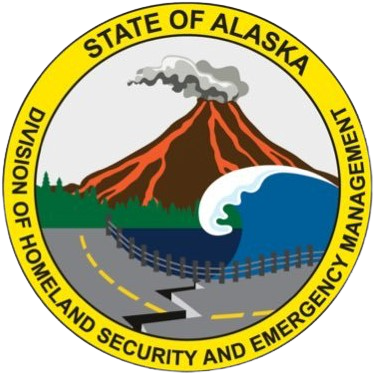1986 -- The U.S. Congress passed the Emergency Planning and Community Right-to-Know Act (EPCRA), as Title III of the Superfund Amendments and Reauthorization Act (SARA). Section 301 mandated two levels of planning within each state: state emergency response commissions (SERCs) and local emergency planning committees (LEPCs). Governors were to establish SERCs by April 17, 1987; the SERCs were to establish local emergency planning districts (LEPDs) by July 17, 1987, and appoint members to LEPCs for each district by August 17, 1987.
1987 -- In accordance with SARA, Governor Cowper functioned as the SERC until he formally established that commission by Administrative Order 103 in 1987.
1990 -- The passage of Alaska House Bill (HB) 566 established the SERC’s membership and duties in statute, and put the SERC and LEPCs under the purview of the Department of Environmental Conservation.
November 1990 -- The SERC defined its mission: ". . .to protect public health, safety, property and the environment by ensuring effective and efficient use of resources to plan for and respond to natural and technological disasters. . . to foster coordination at the local, state and federal levels, and provide preparedness and response information to all interested persons” (Article II, SERC By-Laws).
1991-1994 -- In 1991 the SERC voted to use its combined expertise to look beyond the mandated oil and hazardous substance release threat and expanded its focus to include all hazards. This decision was based on the rationale (also expressed in reports from other states) that many of the considerations addressed for a hazardous substance release similarly apply to many other hazards. Because the SERC lacked the statutory authority to involve itself in all-hazards emergency management, and since the Oil and Hazardous Substance Release Prevention and Response Fund was only available for the SERC’s activities relating to the management of oil and hazardous substance releases, the SERC’s decision was put on the "back burner.”
August 1994 -- The passage of Alaska Senate Bill (SB) 33 put the SERC and the LEPCs under the purview of the Department of Military and Veterans Affairs (DMVA) and broadened the SERC’s authority to review and make recommendations regarding any area of the State’s capability to respond to a catastrophic event.
April 1996 -- The SERC conducted internal strategic planning, revised its meeting administration and amended its mission statement: "The SERC exists to ensure State, Federal and local emergency planning and preparedness is established, integrated and mutually supporting."
